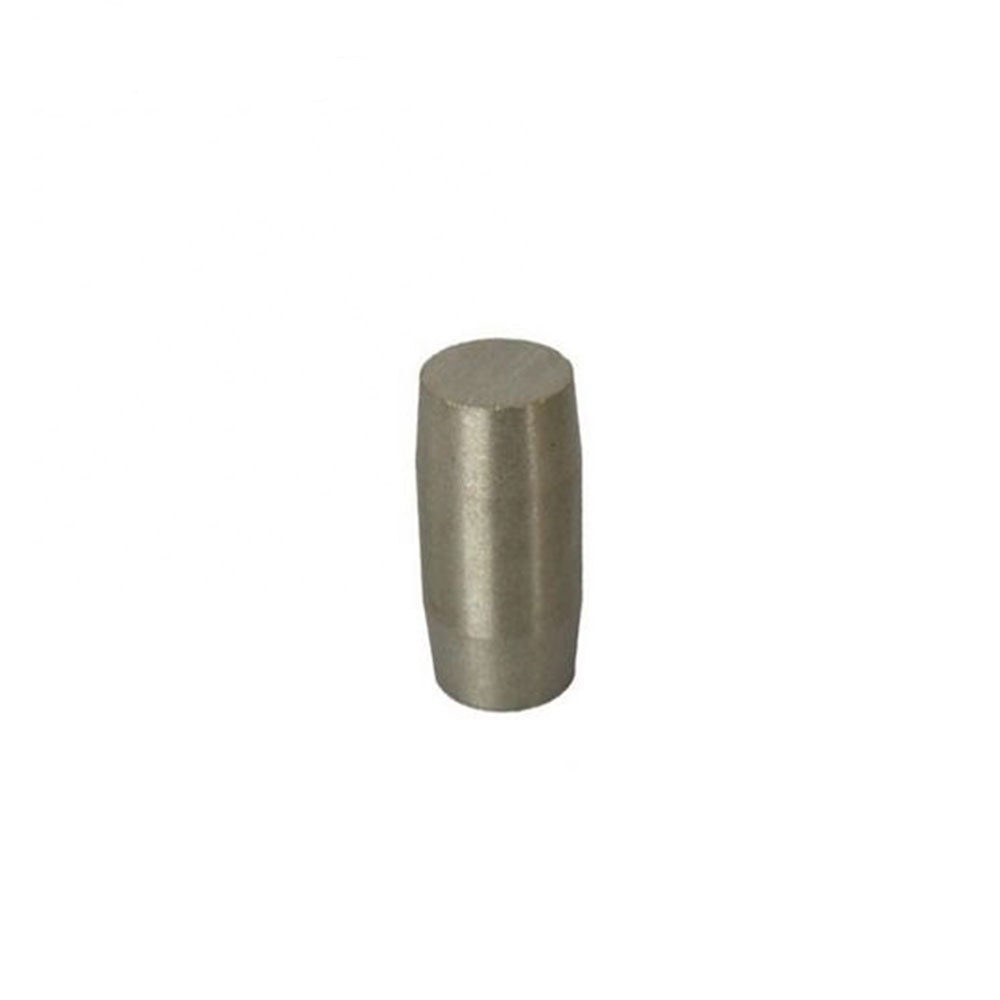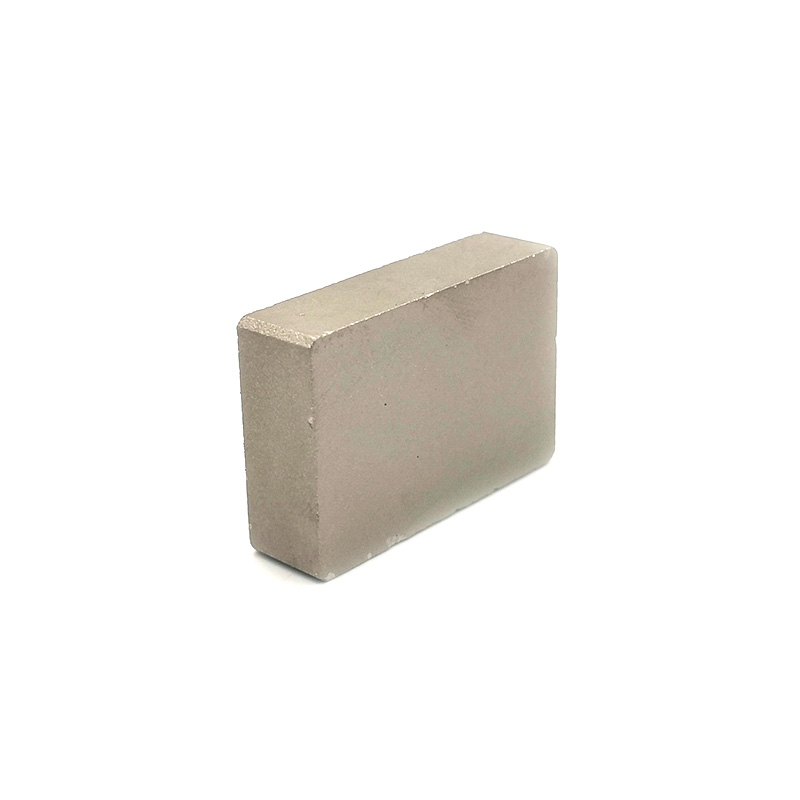Samarium–cobalt (SmCo) magnet, a type of rare earth magnet, is a strong permanent magnet made of an alloy of samarium and cobalt.
They were developed in the early 1960s based on work done by Dr. Karl Strnat and Dr. Alden Rey at Wright-Patterson AFB and the University of Dayton, respectively.
Samarium–cobalt (SmCo) magnet, a type of rare earth magnet, is a strong permanent magnet made of an alloy of samarium and cobalt. SmCo magnets can be divided to two categories SmCo5 and Sm2Co17, or by processing technology sintered SmCo and bonded SmCo.
SmCo 1:5
As the nomination indicates, the samarium–cobalt 1:5 magnet alloys (generally written as SmCo5, or SmCo 1:5) have one atom of rare earth samarium per five atoms of cobalt. By weight this magnet alloy will typically contain 36% samarium with the balance cobalt. Sometimes Prasedymium is alloyed to increase the remanence. The energy products of these samarium–cobalt alloys range from 16 MGOe to 25 MGOe, that is, approx. 128 - 200 kJ/m3. Contrary to SmCo 2:17 magnets, the 1:5 magnets are relatively easy to magnetize and saturation magnetization can be achieved with a moderate magnetizing field. Therefore, 1:5 magnets are easier to calibrate to a specific magnetic field than the SmCo 2:17 magnets.
SmCo 2:17
These alloys (written as Sm2Co17, or SmCo Series 2:17) are age-hardened with a composition of two atoms of rare-earth samarium per 13–17 atoms of transition metals (TM). The TM content is rich in cobalt, but contains also other metals such as iron and copper. Other elements like Zirkonium and Hafnium etc. may be added in small quantities to achieve better heat treatment response. The maximum energy products of these alloys range from 20 to 32 MGOe, what is about 160-260 kJ/m3. These alloys have the best reversible temperature coefficient of remanence of all rare-earth alloys, typically being -0.03%/°C.



E-mail: info@tedamag.com
Add: Yard 2, Yijin North Street, Daxing District, Beijing, China.